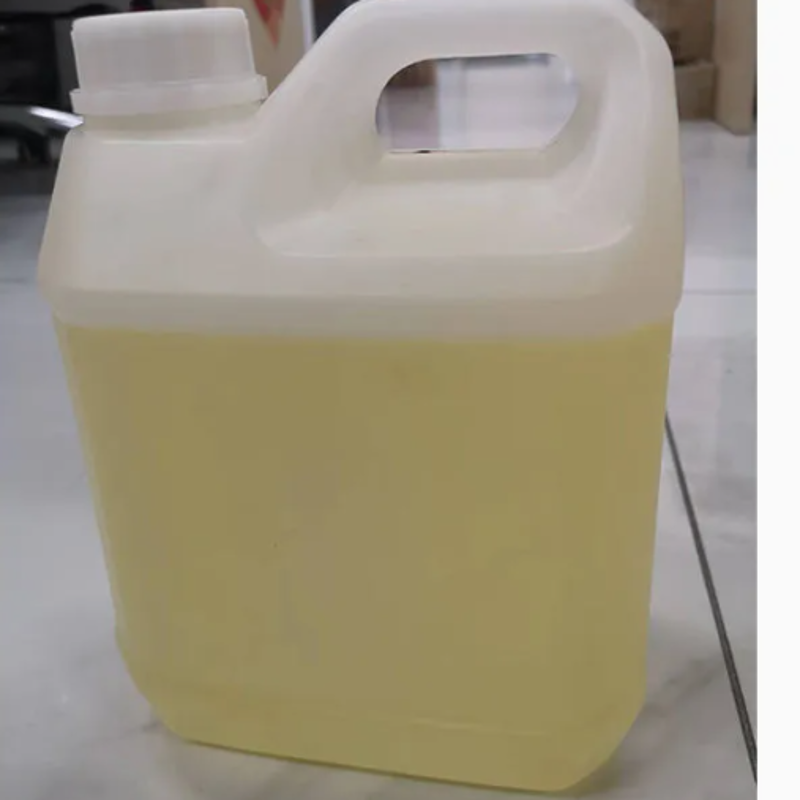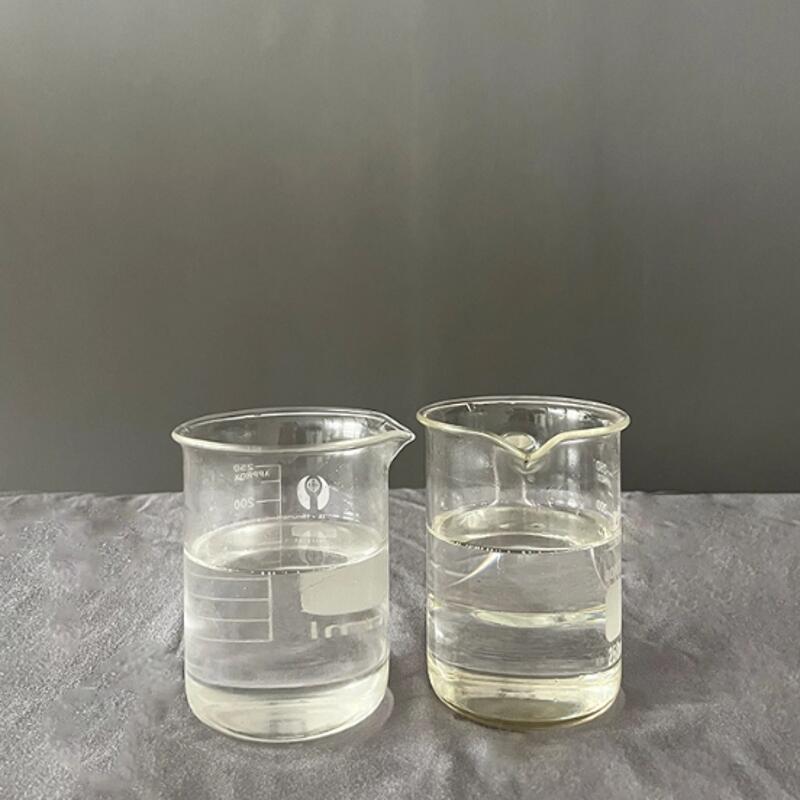-
Categories
-
Pharmaceutical Intermediates
-
Active Pharmaceutical Ingredients
-
Food Additives
- Industrial Coatings
- Agrochemicals
- Dyes and Pigments
- Surfactant
- Flavors and Fragrances
- Chemical Reagents
- Catalyst and Auxiliary
- Natural Products
- Inorganic Chemistry
-
Organic Chemistry
-
Biochemical Engineering
- Analytical Chemistry
-
Cosmetic Ingredient
- Water Treatment Chemical
-
Pharmaceutical Intermediates
Promotion
ECHEMI Mall
Wholesale
Weekly Price
Exhibition
News
-
Trade Service
From disposable diapers and medical clothing to wool, felt and artificial leather, nonwovens are found in everyday li.
As a fabric-like material, a "nonwoven" is generally soft to the touch, it is not woven or knitted with yarn, but filament fibers reinforced by short or long thermal fusion bon.
More and more thermoplastic polyurethane (TPU) filaments are increasingly used in nonwovens due to their unique and excellent properti.
Desmopan® TPU meets the requirements of nonwoven applications such as increased durability, softness, stretch, adhesion, and breathabili.
Key Benefits of Using Desmopan® TPU Nonwoven Products
Key Benefits of Using Desmopan® TPU Nonwoven ProductsSoft touch: TPU filaments give the nonwoven a pleasant and pleasant touch when it touches the sk.
Soft touch:
High flexibility:TPU fiber, can be repeatedly folded and bent without cracki.
High flexibility:
Breathable:Elastane fibers are fused into a mesh structure that allows air to enter and sweat to esca.
Breathable:
Easy Bonding:Low melting point means that TPU non-woven fabrics can be heat pressed to other fabri.
Easy to glue:
Abrasion Resistant:TPU non-woven fabrics are durable and elastic in a certain temperature ran.
Wear-resistant:
More sustainable:Solutions for recyclable, partially bio-based and non-deformable feedstoc.
More sustainable:
From the perspective of sustainable development, degradable non-woven fabrics containing renewable materials are also the general tre.
Desmopan® TPU enables many nonwoven applications
Desmopan® TPU enables many nonwoven applicationsApplications based on durability and softness
Applications based on durability and softnessThe durability and soft touch of Desmopan® TPU opens up a range of new applications for nonwovens, especially in the textile industry, fashion footwear and upholstered seats in furniture and automobil.
Polyester and polypropylene fibers are stiffer and more suitable for single-use products, while filaments made from thermoplastic polyurethane (TPU) give nonwovens high flexibility and durability, while also improving their softness and durabili.
Covestro has partnered with nonwoven manufacturer Zhanpeng to incorporate Desmopan® TPU into its fabric producti.
Applications based on breathability and ease of lamination
Applications based on breathability and ease of laminationBased on its breathable and easy-to-laminate properties, Desmopan® opens up nonwovens for sports, leisure and healthcare applicatio.
TPU has a lower melting temperature than polypropylene and can be easily thermocompression laminated to other textile substrates without the use of adhesives or hotmel.
As a product of the fusion of fine elastic fibers, the mesh structure formed by the non-woven fabric is breathable, allowing air to enter and sweat out, making it an ideal choice for clothing fabrics such as jacket linin.
The natural ductility of TPU also makes Desmopan® often the choice for spunbond production processes that require high ductility materials, and geotextile sandbags made from TPU are more durable than those made from woven ya.
Desmopan® incorporates TPU's unconventional high elasticity and soft touch into the production process of meltblown and spunbond nonwovens, further expanding the range of nonwovens and helping companies improve their sustainability credentia.
For example, nonwovens made of Desmopan® can be used as scrims for artificial leather or vegan leather based on (T)PU chemist.
Suitable for both meltblown and spunbond non-woven fabrics
Suitable for both meltblown and spunbond non-woven fabricsTwo common production processes for nonwovens, meltblown and spunbond, are made using hot rolled reinforcement fibe.
Desmopan® TPU filament materials are designed in different grades for both process.
The spunbond process can realize the large-scale production of non-woven fabrics, which can be applied to large-scale production lines with high outp.
Because the production process itself requires the use of highly ductile materials, TPU plays an important role in this rega.
In contrast, although the meltblown production process is small, the smaller machine can produce finer filaments, so highly flexible materials are required in the production proce.
In this regard, the processing parameters of the TPU can be easily adjusted and s.







